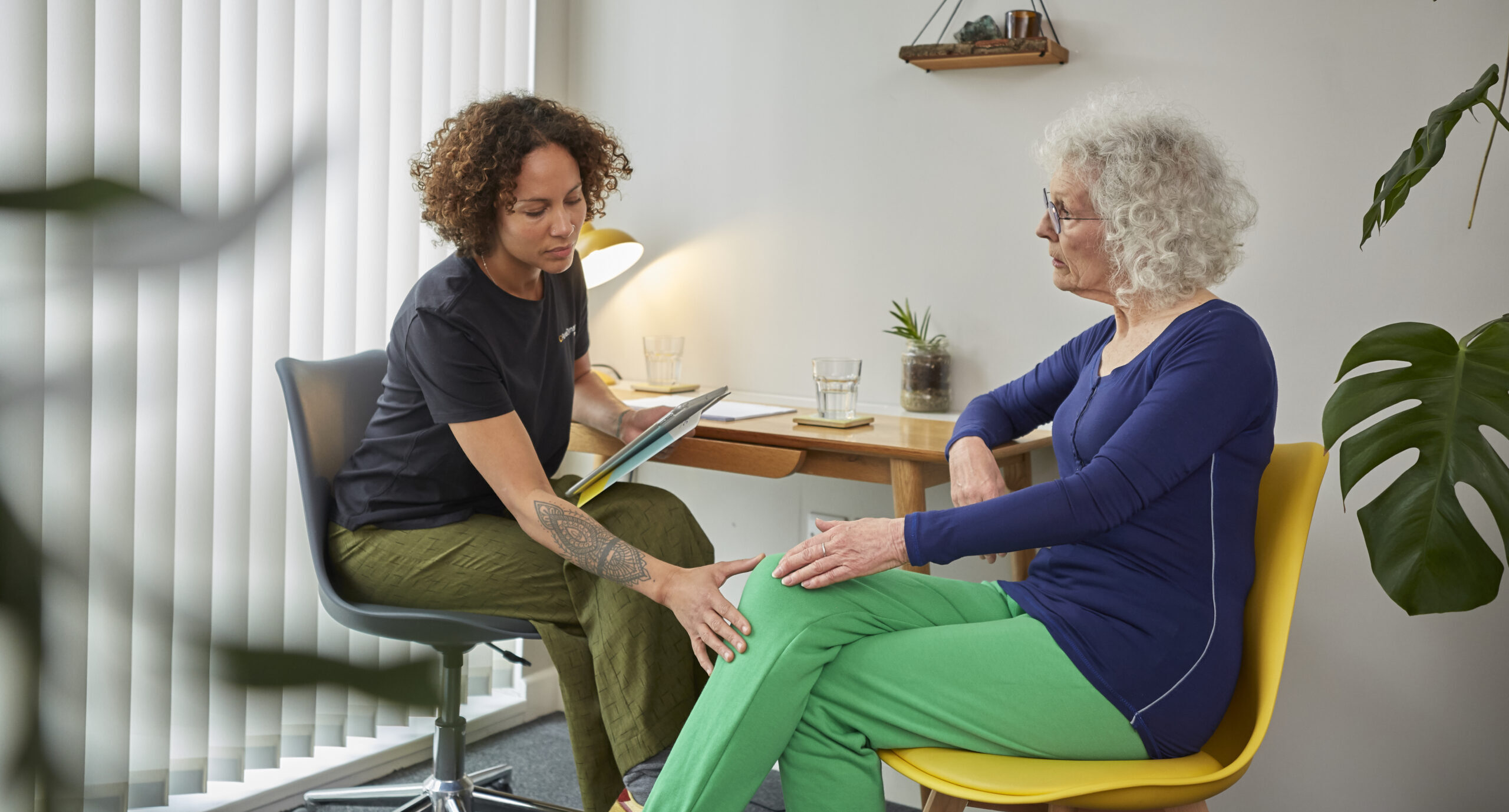
Blog
Understanding Healing Times for Different Injuries: Bone, Muscle, Tendon, and Ligament
Injuries can happen to anyone, whether you’re an athlete, a weekend warrior, or someone going about your daily routine. While we all wish to recover quickly, the healing process can vary significantly depending on the type of injury. Understanding how long different injuries take to heal can help you set realistic expectations, avoid re-injury, and speed up your recovery with the right care.
In this blog, we’ll explore the typical healing times for bone, muscle, tendon, and ligament injuries and provide practical tips on how to support your body during recovery.
Bone Injuries
Bones are strong but can break due to trauma or overuse. When a bone fractures, it needs time to regenerate and heal.
- Healing Time: The healing time for bone fractures can range from 6 to 12 weeks, depending on the severity of the fracture and the bone involved. Small fractures, like those in fingers or toes, may heal quicker, while larger bones (e.g., femur or pelvis) may take longer.
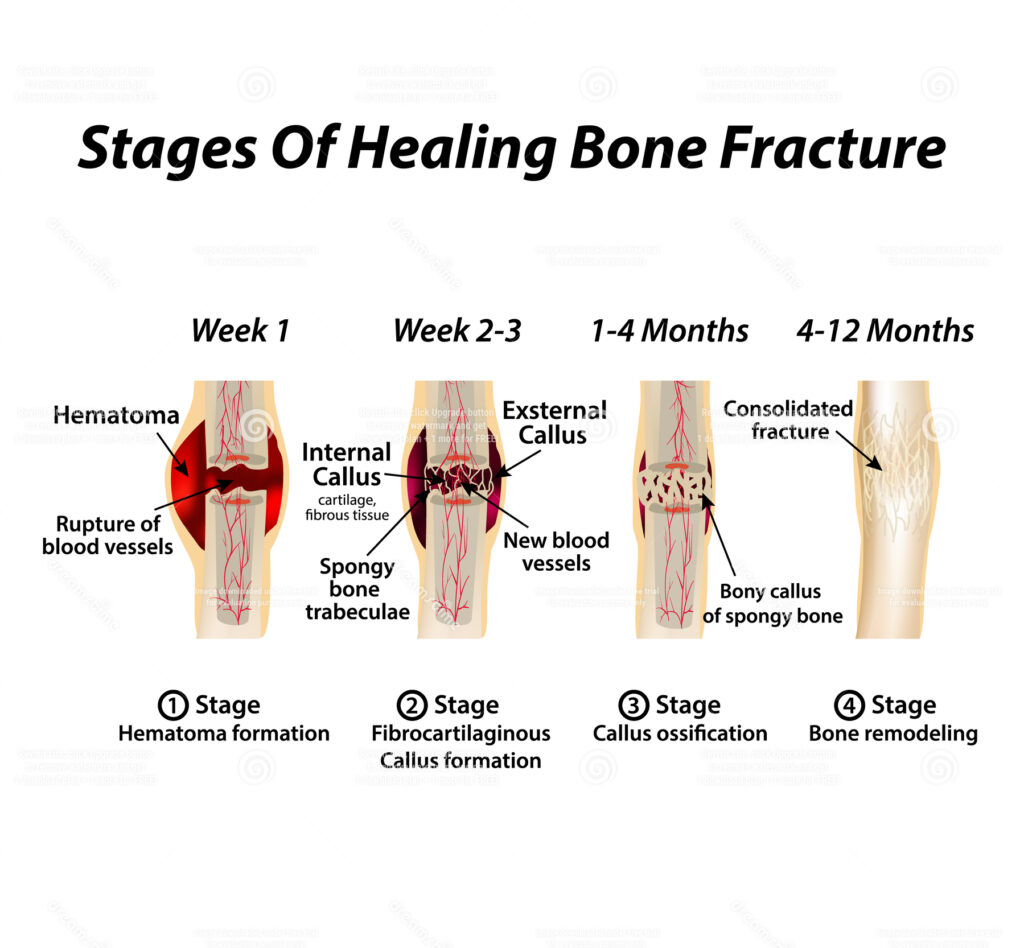
- Factors Influencing Healing:
- The location of the fracture.
- The age and overall health of the individual.
- Type of fracture (simple vs. complex).
- Healing Process:
- Inflammation: Swelling and clotting at the fracture site (first few days).
- Bone Production: Soft callus formation, then hard callus (weeks 2–6).
- Bone Remodeling: The bone returns to its original shape and strength (up to several months).
Muscle Injuries
Muscle injuries, such as strains or tears, are common in both athletes and non-athletes. They occur when the muscle fibers are overstretched or torn.
- Healing Time: Muscle injuries typically heal in 2 to 8 weeks, depending on the severity. Minor strains may resolve within 2 weeks, while severe tears can take up to 8 weeks or longer.
- Grading Muscle Injuries:
- Grade I (Mild): Small tears or overstretching – 1 to 3 weeks of healing.
- Grade II (Moderate): Partial tear – 4 to 6 weeks of healing.
- Grade III (Severe): Complete muscle rupture – Surgery may be required, and recovery can take several months.
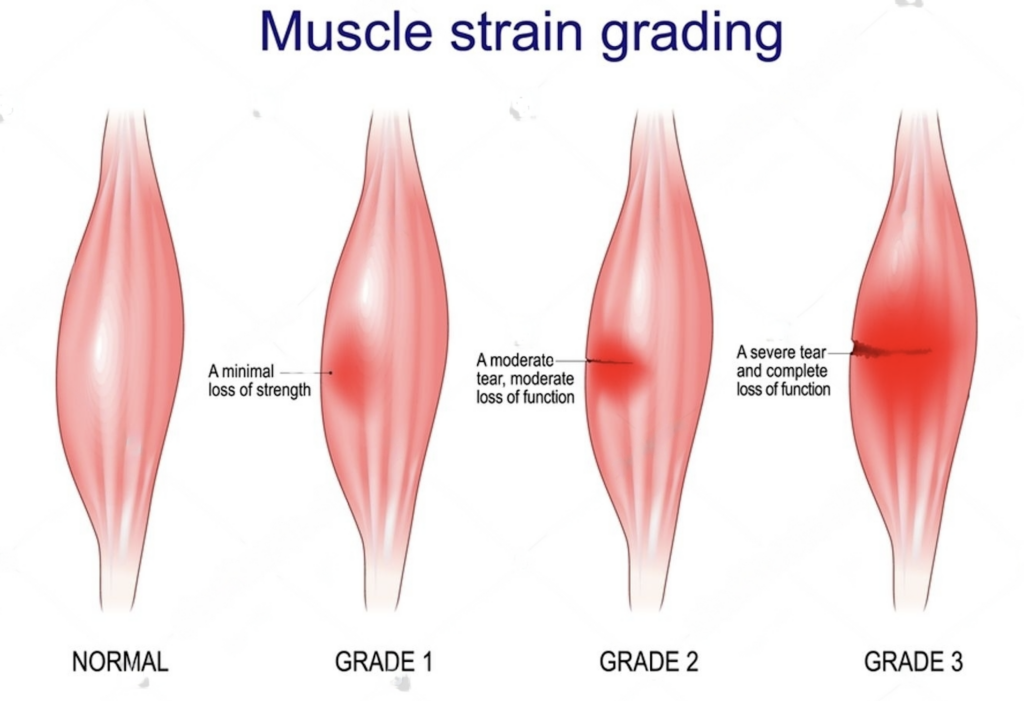
- Healing Process:
-
- Rest and Repair: Inflammation and the beginning of healing.
- Rebuilding: Muscle fibers start to regenerate.
- Rehabilitation: Gradual reintroduction of movement and strengthening exercises.
Tendon Injuries
Tendons, which connect muscles to bones, are crucial for movement but can become injured through overuse (tendinitis) or sudden trauma (rupture).
- Healing Time: Tendon injuries are slow to heal due to limited blood flow. Tendinitis may heal in 6 to 12 weeks, while ruptured tendons (like the Achilles tendon) can take up to 6 months or longer if surgery is required.
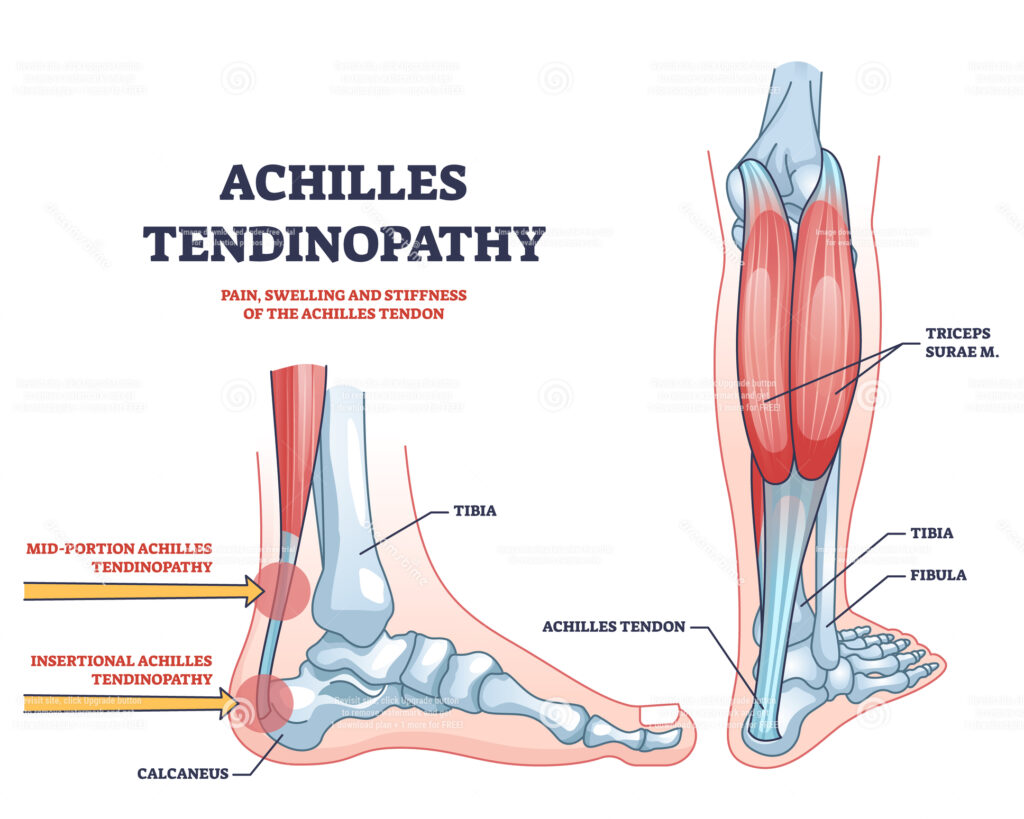
- Common Tendon Injuries:
- Tendinitis: Inflammation due to repetitive strain.
- Tendon Rupture: A complete tear often requiring surgery.
- Healing Process:
-
- Inflammation and Rest: Inflammation is reduced with rest and anti-inflammatory treatments.
- Tendon Regeneration: Scar tissue forms to repair the damaged tendon.
- Rehabilitation: Physical therapy is essential to rebuild strength and flexibility.
Ligament Injuries
Ligaments connect bones to each other and provide joint stability. Ligament injuries, such as sprains, occur when these structures are overstretched or torn.
- Healing Time: Mild ligament sprains may heal in 2 to 4 weeks, while severe ligament tears (such as an ACL tear in the knee) may take 6 months to a year if surgery is needed.
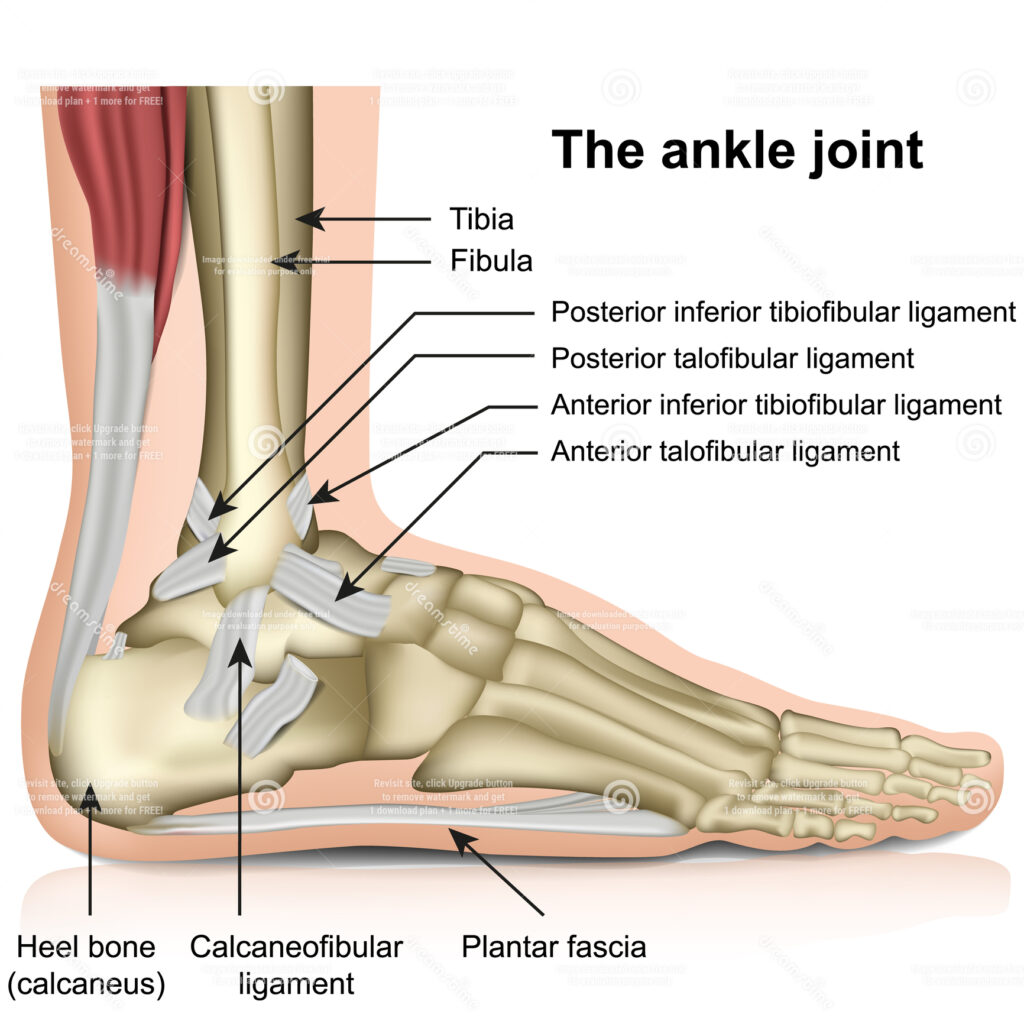
- Grading Ligament Injuries:
- Grade I (Mild): Slight stretching or tearing – 2 to 4 weeks to heal.
- Grade II (Moderate): Partial tear – 6 weeks to 3 months.
- Grade III (Severe): Complete tear – Surgery often required, recovery can take 6 months to a year.
- Healing Process:
-
- Inflammation: Initial swelling and pain.
- Repair: Collagen fibers begin to repair the tear.
- Rehabilitation: Physical therapy to restore joint stability and function.
Supporting Your Body’s Healing Process
Regardless of the type of injury, here are some general tips to support your body’s natural healing process:
- Rest and Protect: Avoid activities that put strain on the injured area.
- Physical Therapy: Guided exercises can restore strength and flexibility while preventing future injuries.
- Proper Nutrition: A balanced diet rich in proteins, vitamins, and minerals can promote tissue repair.
- Hydration: Staying hydrated aids in nutrient transport and tissue recovery.
- Pain Management: Over-the-counter pain relievers and anti-inflammatory treatments can reduce discomfort and swelling.
- Patience and Consistency: Recovery takes time—be patient and follow your healthcare provider’s advice.

Anjlee's pricing
| Appointment type | Duration | Price | Principal Practitioner | ||
|---|---|---|---|---|---|
| Initial Consult & Treatment | 60 min | £ 98 | |||
| Standard follow up | 30 min | £ 76 | |||
| Extended follow up | 45 min | £ 86 | |||
| Double follow up | 60 min | £ 98 | |||
| Triple follow up | 90 min | £ 144 | |||

